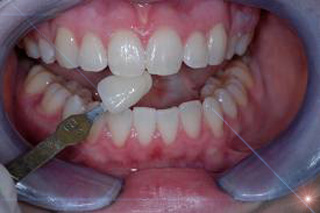Making Your Photos “Float”
Monday, August 31st, 2015Wanting to do something different, I recently came up with a fun and beautiful way to photograph an ethnic bride. And you can easily adapt my techniques for your children or other portrait subjects. My photographs began with an image in my mind of my Indian bride floating among flowers. I considered how I might achieve the effect digitally, with the sparkling blue water offsetting her outfit and jewelry. But there’s just no substitute for the real thing!
 Luckily, my model went for the concept and was an extremely good sport, consenting to use her parents’ pool. Because of the veil and flowers, we needed some assistants. I positioned her mom in the pool arranging the flow of the head covering and nearby floating flowers. My assistant pushed flowers into the picture frame on the opposite side from the mother. Without as many details to worry about, it would be possible to do a shoot with only one assistant or even solo.
Luckily, my model went for the concept and was an extremely good sport, consenting to use her parents’ pool. Because of the veil and flowers, we needed some assistants. I positioned her mom in the pool arranging the flow of the head covering and nearby floating flowers. My assistant pushed flowers into the picture frame on the opposite side from the mother. Without as many details to worry about, it would be possible to do a shoot with only one assistant or even solo.
For clothing, I recommend using washable fabrics, which is what I used for my water bride. Chiffon floats
…




Your Words + MIne